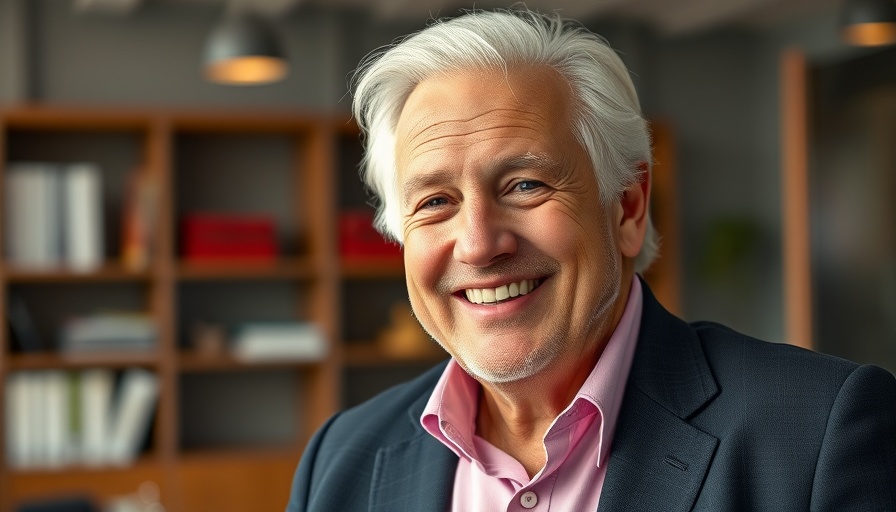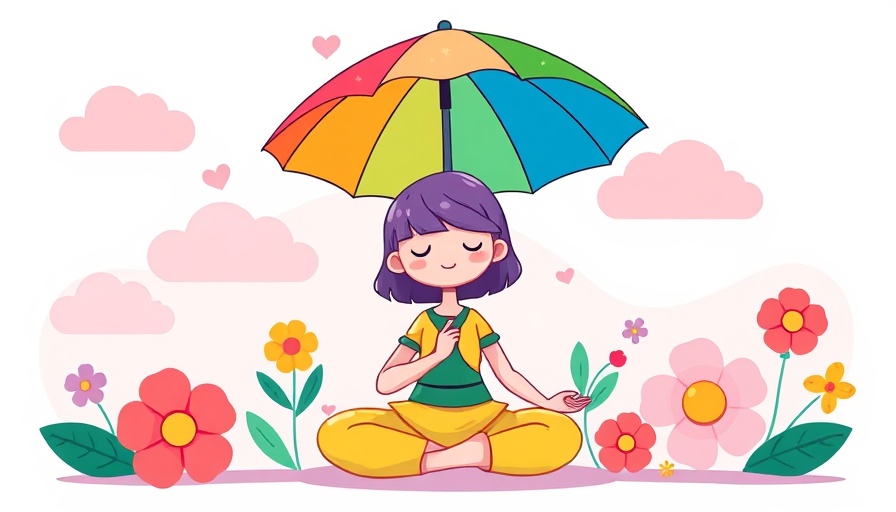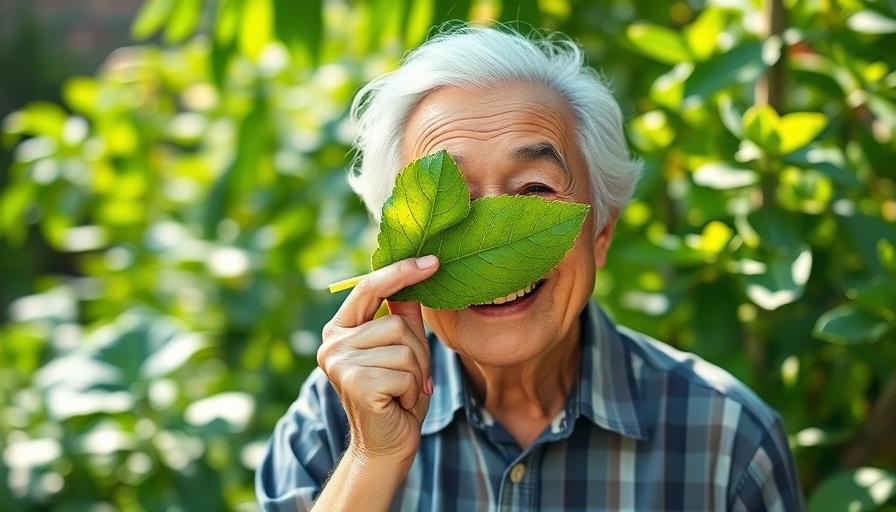
Melvin McLeod: A New Chapter in Buddhist Media
In a significant transition for Lion's Roar, Melvin McLeod, the founding editor-in-chief who has steered the publication for over 30 years, is stepping into a newly formed role as editor at large. Having transformed the Vajradhatu Sun into the largest English-language Buddhist media outlet, his departure from the chief editor position marks not only a pivotal moment for him but also for the community he has helped nurture. McLeod will still contribute, producing insightful written and video content that embodies his unwavering dedication to Buddhist teachings.
The Legacy of Leadership
McLeod's tenure as editor-in-chief has been a testament to the transformative power of Buddhist wisdom. Under his guidance, Lion's Roar has blossomed into a platform that shares the richness of various Buddhist traditions, helping to illuminate lives and society. As the new editorial team led by Andrea Miller, Rod Meade Sperry, and Lilly Greenblatt takes the helm, they stand on the shoulders of McLeod's legacy, continuing his vision and embracing their unique perspectives.
Embracing Change: Opportunities Ahead
In reflecting upon his new role, McLeod expressed excitement for the future. His forthcoming book, With a Single Breath: The Complete Path of Mindfulness, promises to deliver fresh insights into mindfulness practice. This publication could significantly lift the conversation around mindfulness, bringing it to a broader, even more profound audience. As McLeod notes, "Mindfulness is not a destination; it’s a journey toward deeper awareness and compassion."
The Community's Response
The announcement of McLeod’s transition has stirred a mix of emotions within the community. Many have shared gratitude for his steadfast leadership, recognizing the unique role he has played in making Buddhist teachings accessible to a wider audience. The social connection that Lion’s Roar fosters is evident in the warm responses from followers who share how the publication has shaped their understanding of Buddhism.
Looking Forward: The Next Steps in Spirituality
As Lion’s Roar navigates this leadership transition, it also faces a broader challenge: how to continue to resonate with a diverse audience in this rapidly changing world. The shift in editorial leadership could open up new avenues, allowing fresh voices to emerge, all while holding to the essence of the publication’s mission. With mindfulness and community at the forefront, the future gleams with potential.
In this moment of change, it’s important for readers and community members to stay engaged and share their perspectives, ensuring that Lion's Roar continues its journey as a bastion of inspiration and insight within the Buddhist community.
 Add Row
Add Row  Add
Add 




Write A Comment